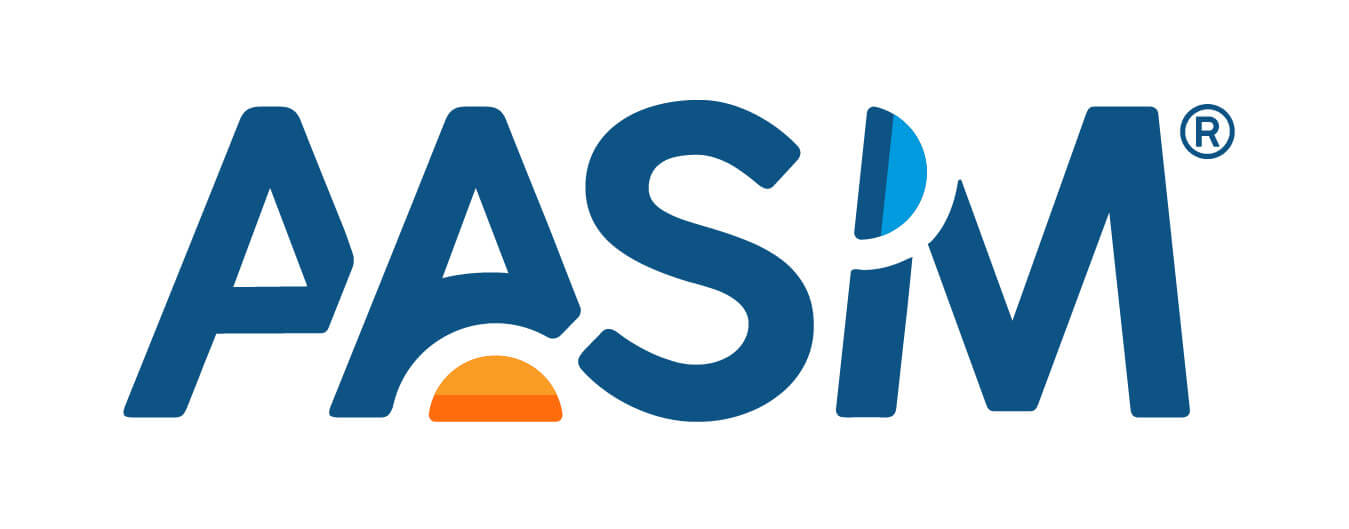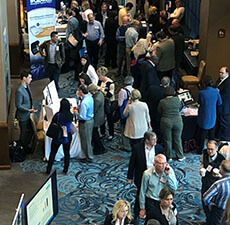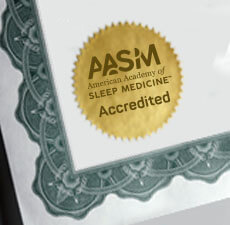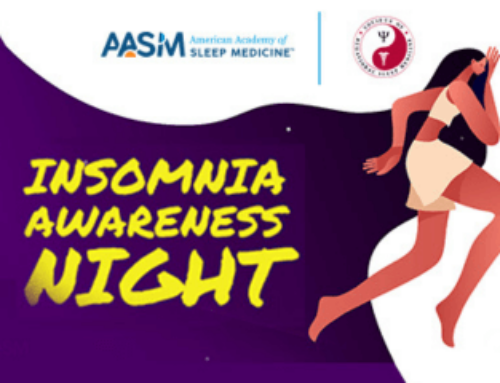EMBARGOED FOR RELEASE: 12:01 a.m. EDT, May 1, 2011
CONTACT: Emilee McStay, 630-737-9700, ext. 9345, emcstay@aasm.org
DARIEN, IL – A study in the May 1 issue of the journal SLEEP is the first to show that increased bursts of sleep among infants are significantly associated with growth spurts in body length.
Results show that infants had irregular bursts of sleep, with 24-hour sleep duration increasing at irregular intervals by an average of 4.5 hours per day for two days. The number of sleep episodes per day also increased in intermittent bursts of an average of three extra naps per day for two days. These peaks in total daily sleep duration and number of sleep episodes were significantly associated with measurable growth spurts in body length, which tended to occur within 48 hours of the recorded bursts of sleep. Further analysis found that the probability of a growth spurt increased by a median of 43 percent for each additional sleep episode and 20 percent for each additional hour of sleep.
“The results demonstrate empirically that growth spurts not only occur during sleep but are significantly influenced by sleep,” said principal investigator and lead author Dr. Michelle Lampl, Samuel Candler Dobbs Professor in the department of anthropology at Emory University in Atlanta, Ga. “Longer sleep corresponds with greater growth in body length.”
Lampl added that the results may be particularly helpful for parents, who can become easily frustrated by the variability and unpredictability of an infant’s sleep patterns.
“On a practical, everyday level, it helps parents understand their infant’s behavior and patterns,” she said.
The study involved 23 parents who consistently recorded daily sleep records for their infant, providing 5,798 daily records for analysis. The median age of the 14 girls and nine boys at study onset was 12 days. All infants were healthy at birth and free of colic or medical complications during their first year. For a duration ranging from four to 17 continuous months, growth in total body length was assessed using the maximum stretch technique, which was performed semi-weekly for 18 infants, daily for three infants and weekly for two infants.
According to Lampl and co-author Michael Johnson, PhD, professor of pharmacology in the University of Virginia Health System, the exact nature of the relationship between sleep biology and bone growth is unclear. However, they noted that the secretion of growth hormone is known to increase after sleep onset and during the stage of slow wave sleep. This change in hormonal signals during sleep could stimulate bone growth, which would support anecdotal reports of “growing pains,” the aching limbs that can wake children at night.
Although a statistically significant relationship between bursts of sleep and growth spurts was found in all infants, the correspondence was imperfect. Some sleep alterations occurred without a growth spurt, and not every growth spurt was preceded by a burst of sleep.
Lampl and Johnson speculate that in some cases growth may have occurred in other parts of the body. For example, another new study they are publishing this month found that infant head circumference grows in intermittent, episodic spurts. They also suggest that sleep may be only one component of an integrated, physiological system that underlies growth timing.
The study is also significant, added Lampl, because it adds a novel finding to the interdisciplinary, multi-faceted body of research targeted at answering the question, “Why do we sleep?”
“It opens another door to understanding why we sleep,” she said. “We now know that sleep is a contributing factor to growth spurts at the biological level.”
Data collection was supported by the Developmental Psychobiology Research Group and the Wenner-Gren Foundation.
Learn more about sleep and infants from the American Academy of Sleep Medicine on the Sleep Education Blog at https://sleepeducation.blogspot.com/search/label/infants. Get Sleep Tips for New Parents from the AASM at http://www.sleepeducation.com/Topic.aspx?id=91.
The monthly, peer-reviewed, scientific journal SLEEP is published online by the Associated Professional Sleep Societies LLC, a joint venture of the American Academy of Sleep Medicine and the Sleep Research Society. The AASM is a professional membership society that is the leader in setting standards and promoting excellence in sleep medicine health care, education and research (www.aasm.org).
For a copy of the study, “Infant growth in length follows prolonged sleep and increased naps,” or to arrange an interview with an AASM spokesperson, please contact Public Relations Coordinator Emilee McStay at 630-737-9700, ext. 9345, or emcstay@aasm.org.








